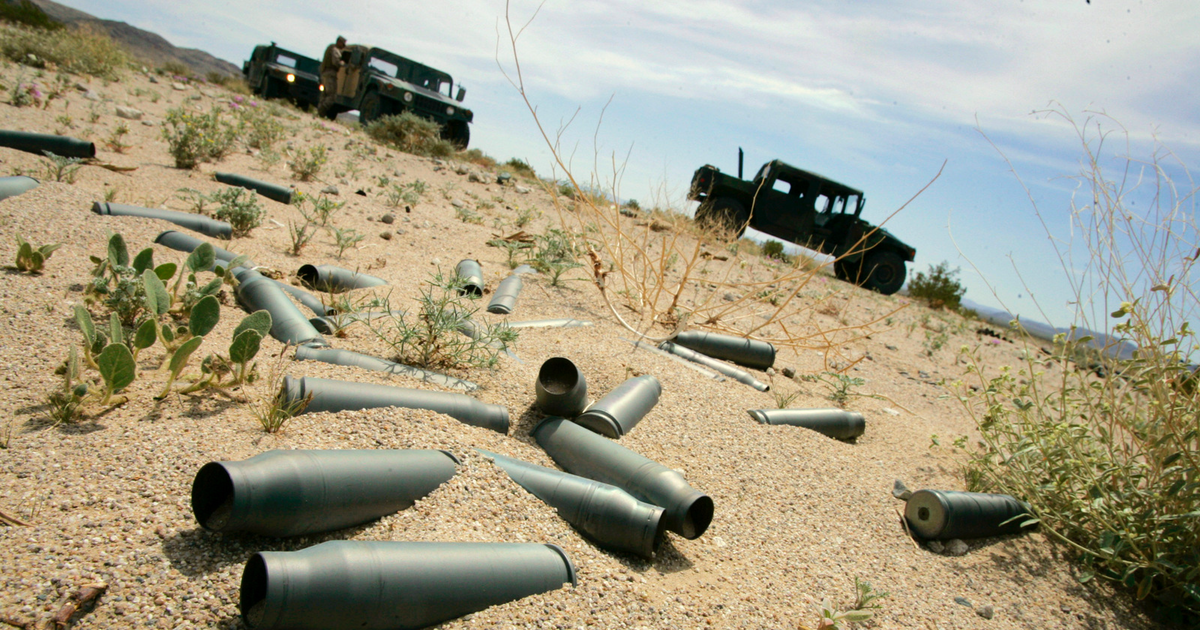|
By Whitney Webb
Last week, mainstream media outlets gave minimal attention to the news that the U.S. Naval station in Virginia Beach had spilled an estimated 94,000 gallons of jet fuel into a nearby waterway, less than a mile from the Atlantic Ocean. While the incident was by no means as catastrophic as some other pipeline spills, it underscores an important yet little-known fact – that the U.S. Department of Defense is both the nation’s and the world’s, largest polluter. Producing more hazardous waste than the five largest U.S. chemical companies combined, the U.S. Department of Defense has left its toxic legacy throughout the world in the form of depleted uranium, oil, jet fuel, pesticides, defoliants like Agent Orange and lead, among others. In 2014, the former head of the Pentagon’s environmental program told Newsweek that her office has to contend with 39,000 contaminated areas spread across 19 million acres just in the U.S. alone. U.S. military bases, both domestic and foreign, consistently rank among some of the most polluted places in the world, as perchlorate and other components of jet and rocket fuel contaminate sources of drinking water, aquifers, and soil. Hundreds of military bases can be found on the Environmental Protection Agency’s list of Superfund sites, which qualify for clean-up grants from the government. Almost 900 of the nearly 1,200 Superfund sites in the U.S. are abandoned military facilities or sites that otherwise support military needs, not counting the military bases themselves. “Almost every military site in this country is seriously contaminated,” John D. Dingell, a retired Michigan congressman and war veteran, told Newsweek in 2014. Camp Lejeune in Jacksonville, North Carolina is one such base. Lejeune’s contamination became widespread and even deadly after its groundwater was polluted with a sizable amount of carcinogens from 1953 to 1987. Read the rest at Mint Press News Comments are closed.
|
Archives
July 2024
|


 RSS Feed
RSS Feed



